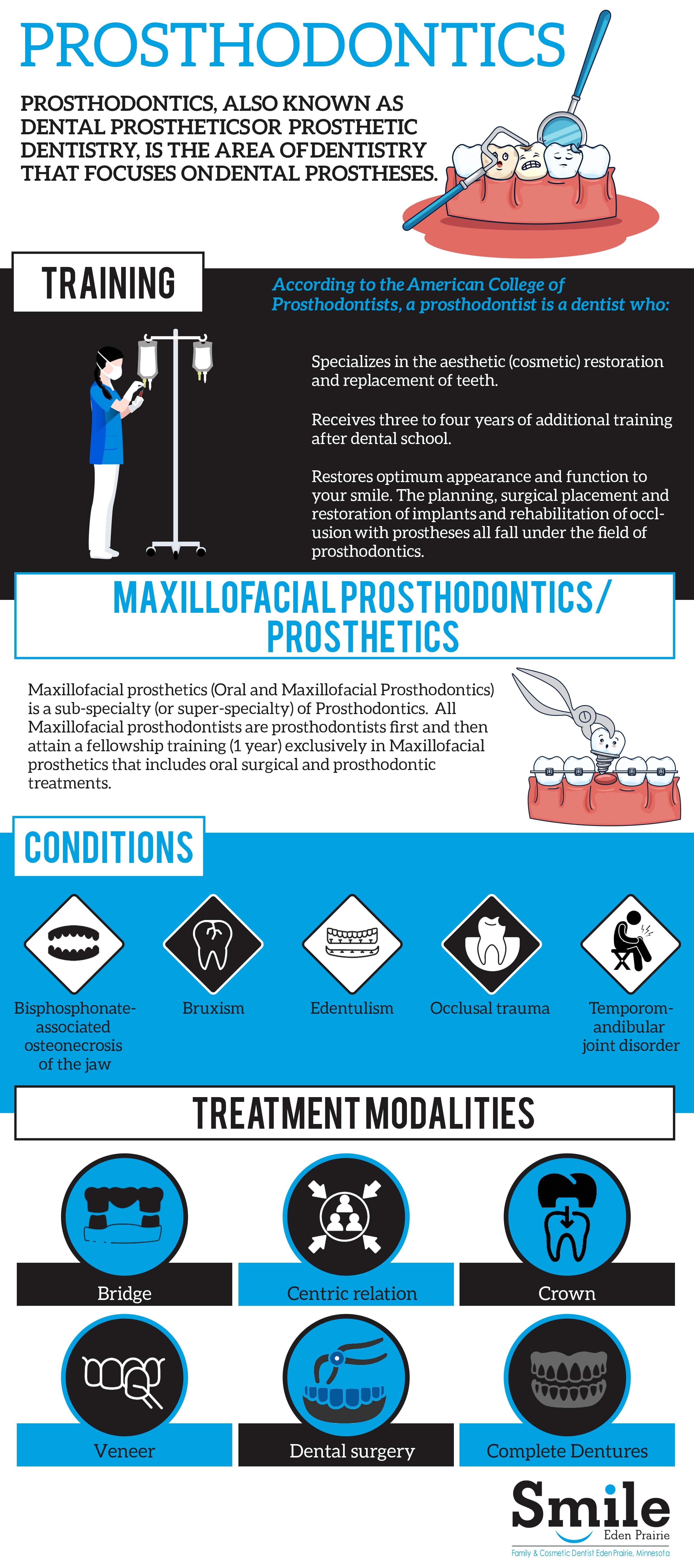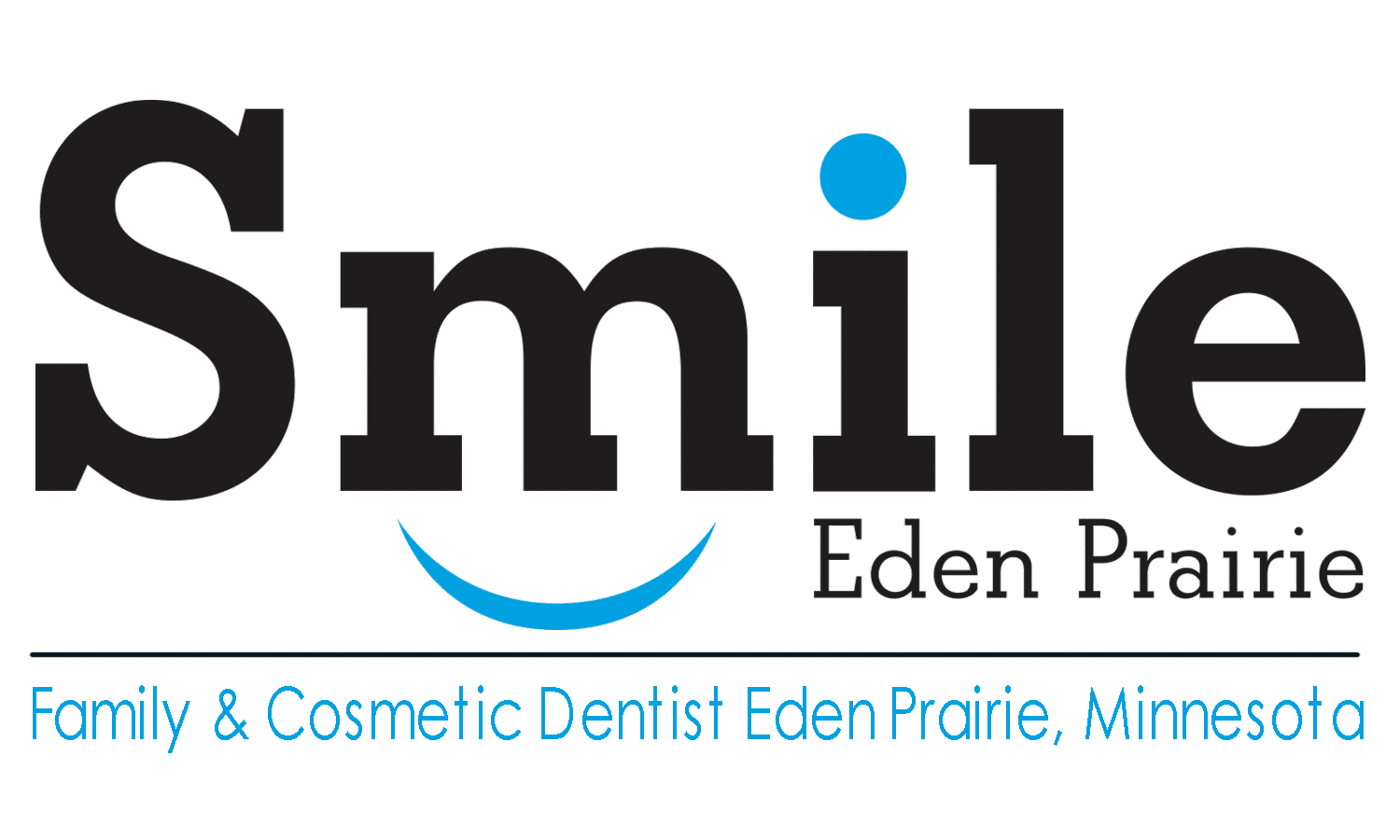Branches of Dentistry: Prosthodontics
Prosthodontics
Prosthodontics is also known as dental prosthetics or prosthetic dentistry. It is an area of dentistry which is specifically focused on dental prostheses. It is one of 10 dental specialties which is recognized by the American Dental Association (ADA). The ADA defines it as a dental specialty associated with the diagnosis, treatment, rehabilitation and maintenance of the oral function, comfort, appearance and health for patients who are missing teeth. They also perform work on oral and maxillofacial tissues.
Training
The American College of Prosthodontists defines a prosthodontist as a dentist who:
- Specializes in restoring and replacing teeth for aesthetic of cosmetic purposes.
- Receives an additional three to four years of training following the completion of dental school.
- Restores your smile’s optimal appearance and function. A prosthodontist focuses on the planning, surgical placement and restoration of implants.
The American College of Prosthodontists (ACP) oversees and ensures that standards are maintained in this field. Being a prosthodontist requires at least three additional years of postgraduate specialty training following the completion of a dental degree. The ADA's Commission on Dental Accreditation (CODA) recently passed updated educational standards for all prosthodontics programs in the United States. The standards now require surgical placement of dental implants at an in-depth competency level. Training includes rigorous clinical and didactic preparation in the following areas: basic sciences, head and neck anatomy, biomedical sciences, biomaterial sciences, implant surgery, function of occlusion or bite, TMJ, treatment planning, treatment of full-mouth reconstruction cases and esthetics. Due to this extensive training requirement, prosthodontists are expected and required to treat complex cases, full-mouth rehabilitation, TMJ-related disorders, congenital disorders, and sleep apnea.
While there are 170,000 general dentists in the United States, there are only 3,200 prosthodontists. Prosthodontists are consistently ranked in a top 10 position by Forbes as one of America's most competitive and highest paid jobs.
The American Board of Prosthodontics (ABP) awards the board certification. The certification also requires the successful completion of a written examination (Part 1) and oral examinations (Part 2, 3 and 4). The written and first oral examination can be taken during the third year of specialized training. The additional two oral examinations can be taken following the completion of the specialized training. Board eligibility begins when the ABP approves an application and is valid for six years. Diplomats of the ABP are ethically required to have a practice which is limited only to prosthodontics. Fellows of the American College of Prosthodontists (FACP) are required to have a dental degree, complete three years of specialized prosthodontic training and be board certified by the ABP.
According to the ADA, specialties are recognized in specific areas where advanced knowledge and skills are critical in order to maintain or restore oral health. Not all areas in dentistry satisfy the requirements to have a specialty recognition.
It is important to note that the American Dental Association does not recognize Cosmetic dentistry as a specialty. Additionally, prosthodontics is the only dental specialty which includes the concentration of cosmetic or esthetic dentistry. General dentists are qualified and able to perform simple cosmetic procedures. There is a debate which questions if it is ethical for general dentists to oversee complex cosmetic and full-mouth reconstruction cases. The argument suggests that they are not qualified to address the complex needs of the patient and potential complications. There is also not a specialty which is recognized by the ADA for dental implants.

